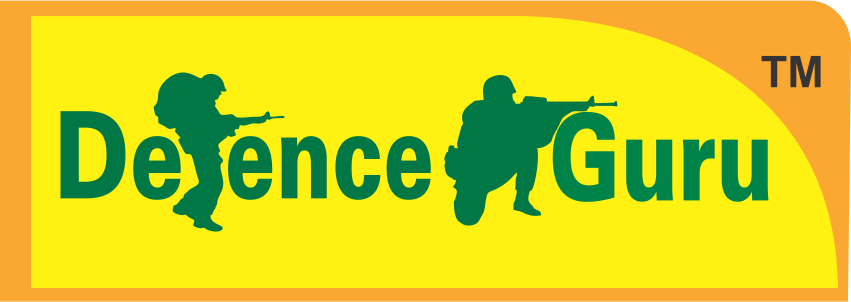How to write PPDT story?
The Picture Perception and Discussion Test, commonly known as the PPDT, is one of the assessments conducted as part of the SSB Interview's Screening Test. The PPDT test is administered in a group setting, with the entire batch being divided into groups of 20-25 candidates. The PPDT can be subdivided into sections. They are picture perception, composing a brief narrative about what the candidate observed, telling the story to the group, and ultimately obtaining a group consensus through discussion. Since the PPDT is such an important test in determining your chances of being recommended, we'll be sharing some useful tips on how to write a PPDT story in the SSB interview.
-
The first test is story writing, in which a candidate is shown a picture and is required to write a story based on his or her interpretation of the picture. The candidates will be shown a blurred image for about 30 seconds and given one minute to assess the gender, age, and temperament of the characters in the image and write it down on the provided sheet.
-
The applicants will be allowed another four minutes to develop a story based on their observations and impressions of the image. Candidates must be able to compose a story that depicts what happened before the scene, what is happening in the scene, and what will happen after the incident.
-
It is anticipated from the candidates that they will be proactive in their approach and take steps to improve the current situation. Essentially, the purpose of this exam is to determine the candidate's subconscious response.
-
The candidates are asked to compose a story based on everyday, genuine problems that they encounter in their area and how they dealt with them to the best of their abilities.
-
Candidates' opinions conveyed via their stories will effectively reflect their social attitudes as well as civic responsibilities when their thoughts are combined with appropriate actions.
Let's have a look at some useful tips for writing a decent PPDT story based on your inputs.
Focus on Surroundings of the Picture
The image that will be displayed to you will be foggy, and you will only have 30 seconds to look at it. Concentrate on the picture's surroundings or background to assist you to come up with a topic for your story. You should be able to see minute details in the picture while studying it so that you may use them to make it more realistic and efficient.
Specify Main Character
The main character should be introduced in such a way that the examiner understands the motivation behind each word you have written about it in relation to the story's background. Avoid using unnecessary adjectives to describe the primary character. It's critical that you depict your primary character performing things that are both realistic and prevalent in real life. This can be accomplished by seeing yourself in the same circumstances as your main character.
Avoid Exaggeration
Don't try to write something completely different with different situations based on the concept provided in the photo. Try to stay true to the subject depicted in the image. When they aren't represented in the picture, don't try to create unnecessary issues, disasters, or tragic scenarios.
Be Creative
Writing stories with predetermined ideas will not only hurt your chances for the screen, but it will also show your lack of comprehensive abilities and fundamental knowledge. Assessors are looking for candidates that demonstrate the likelihood of owning officers’ like qualities (OLQs) through spontaneous replies and unique mental processes.
Focus on Time and Accuracy
During the early phases of the preparation, timed practice by putting blurred and hazy photographs in front of you and then composing a story while keeping in mind your natural reaction will be beneficial. Write the story from the perspective of a common man who is aware of his surroundings. You should be able to express your exact views in your story because it demonstrates that you have good creative and practical skills.
Read More About


.jpg)





2 Comments
e
21-January 2024Reply